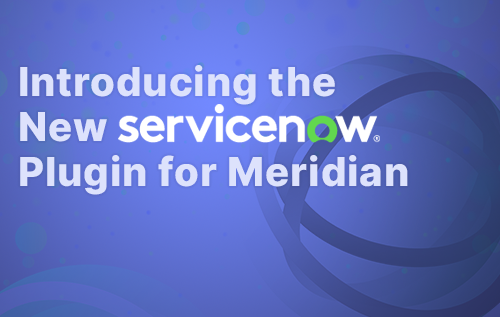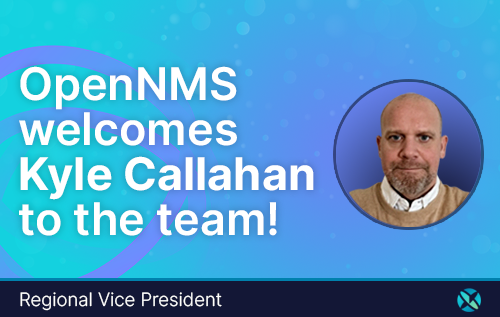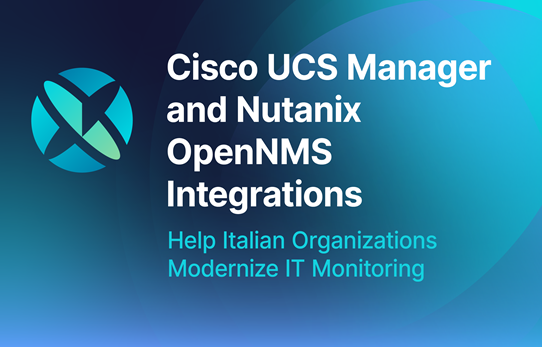Around 2008, the TM Forum desired to create a more implementation neutral interface technology based on WSDL (Web Services Description Language). The new TM Forum Interface Program was led by Steve Fratini from Telcordia and (unimaginatively) referred to as TIP. The objective of the program was to use model driven engineering to generate WSDL interfaces and PDF documentation directly from the TM Forum SID.
By now open source network management was somewhat on the TM Forum's agenda. The TIP tooling, called the Joint Open-Source Interface Framework (JOSIF) was to be completely open source and was based on Eclipse Tigerstripe, a tool originally developed to help create OSS/J interfaces. However, although the tooling was open source, the resulting interfaces’ artifacts were mostly still restricted to only TM Forum members.
After I finished my doctorate, OpenNMS agreed to sponsor my work with the TIP program. The hope was that OpenNMS could contribute open-source expertise and ultimately implement these interfaces on top of OpenNMS thus exhibiting thought leadership in the TM Forum.
I participated heavily in this program on behalf of OpenNMS for about 3 years and OpenNMS also participated in a number of catalysts demonstrating integration to other vendors using the TIP interfaces.
TIP Loses Traction
The TIP interfaces are still available, but like OSS/J, TIP was superseded by later developments. The TIP program ultimately closed because of three factors.
Firstly, it was targeting WSDL, and the industry began to favour ReST interfaces using JSON.
Secondly, with hindsight it was a mistake to try and use the TM Forum Information Framework (SID) UML model as the starting point for interface definition. Using the SID made the tooling complicated to learn and use. We came to realize that the SID as an information model was not optimized for interface definition. OSS/J had avoided this trap by creating an intermediate data model, but TIP mistakenly tried to tie interface definitions directly back to the SID UML.
Thirdly, and perhaps most importantly, the cost of maintaining the open-source TIP tooling was difficult to sustain within the small TM Forum community. Although it was actively promoted to other standards organizations such as the ITU-T, the tooling really never reached critical mass adoption both within and outside the TM Forum.
After their initial enthusiasm, various contributors began to reign back their involvement and sustaining development of the capability fell on fewer and fewer members until eventually the program could not continue.
OpenAPI Gains Wide Support
As TIP was becoming a legacy project, another interface program began to emerge under the leadership of Pierre Gautier. The wider IT industry was becoming aware of a new technology neutral interface definition language called Swagger (now OpenAPI) that had a set of code generators which could generate reference code and documentation. OpenAPI was getting wide adoption and the TM Forum decided to start a program to create a set of ReST / Json interfaces using OpenAPI.
The big difference was that the OpenAPI tooling was commercially supported (by Smart Bear) and already had a wide following outside of the telecoms industry. The TM Forum additionally agreed to fund several developers to contribute to the tooling and adapt it to TM Forum needs.
This reflected the lessons learnt in supporting the TIP tooling where all of the resources came only from individual TM Forum members. Someone needs to centrally own the sustaining of the project, and this can’t fall on individual contributors. Having spent a lot of effort on the previous TIP incarnation which had limited commercial adoption, OpenNMS has been more cautiously involved in the newer interface program.





